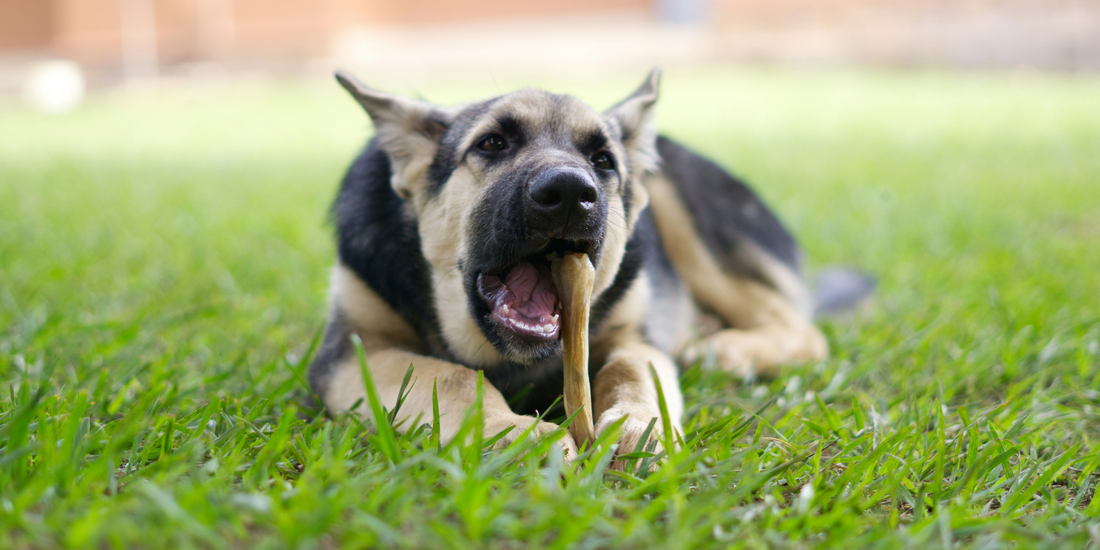
The Benefits of Feeding Bones to Your Pet: Are They Necessary?
When it comes to raw feeding, bones often spark a debate among pet owners. Are they truly beneficial? How can you incorporate them into your pet’s diet? Lets break down why bones can be a valuable part of raw feeding when handled correctly.
Why Are Bones Important in a Raw Diet?
Bones play a vital role in the diet of dogs who follow a raw feeding regimen. Here are some of the key benefits:
- Dental Health: Nature’s Toothbrush
Chewing on raw, meaty bones naturally scrapes away plaque and tartar. This mechanical action not only cleans teeth but also promotes healthy gums, reducing the risk of dental diseases. - Nutritional Benefits: Calcium and Phosphorus
Bones are a natural source of calcium and phosphorus, essential for strong bones, teeth, and overall skeletal health. Including bones in your dog's diet supports healthy growth, especially in puppies and active dogs. - Mental Stimulation: Keeps Them Busy
Chewing bones can be mentally enriching for dogs, reducing boredom and promoting healthy chewing habits. It taps into their natural instincts and provides both physical and mental satisfaction.
Choosing the Right Bones: Safety First
Not all bones are created equal, and offering the wrong type can cause problems. Here’s what to keep in mind:
- Raw Over Cooked: Cooked bones should never be given to pets as they can splinter and cause internal damage. Raw bones are softer and more flexible, making them safer to chew and digest.
- Appropriate Size: Bones should be size-appropriate to prevent choking or other issues. For example, small, soft bones like chicken necks are suitable for smaller dogs, while larger bones like beef ribs are better for bigger breeds.
- Frozen Bones: Serving bones frozen can slow down rapid consumption, encouraging more deliberate chewing and aiding digestion.
Digestion and Bone Safety
Dogs’ stomachs are naturally equipped to handle raw bones. Their stomach acidity is much higher than humans, allowing them to break down raw bones effectively. A healthy, raw-fed dog has a pH level between 1 and 2—ideal for dissolving bone material.
However, if your dog tends to gulp down bones, it can lead to digestive issues. Here are some tips:
- Serve bones frozen to encourage slower chewing.
- Always supervise bone-chewing sessions to ensure safety.
- Choose appropriately sized bones that your dog can comfortably chew.
Monitoring and Supervision
Always supervise your dog while they're chewing on bones. Remove the bone once it becomes small enough to be a choking hazard.
Balance Is Key
Bones can be a valuable and natural addition to your dog’s raw diet when offered appropriately. Not only do they provide essential nutrients, but they also support dental and digestive health. Remember to always supervise your pet, offer suitable bones, and take their individual chewing habits into account.
Looking for high-quality, natural pet food? Explore our range at Go Raw and give your pet the nutrition they deserve.
